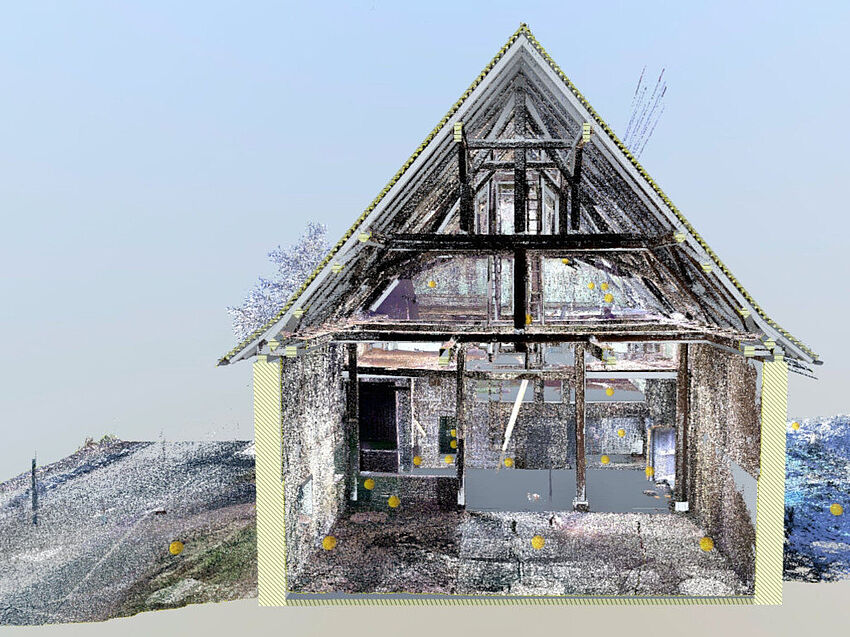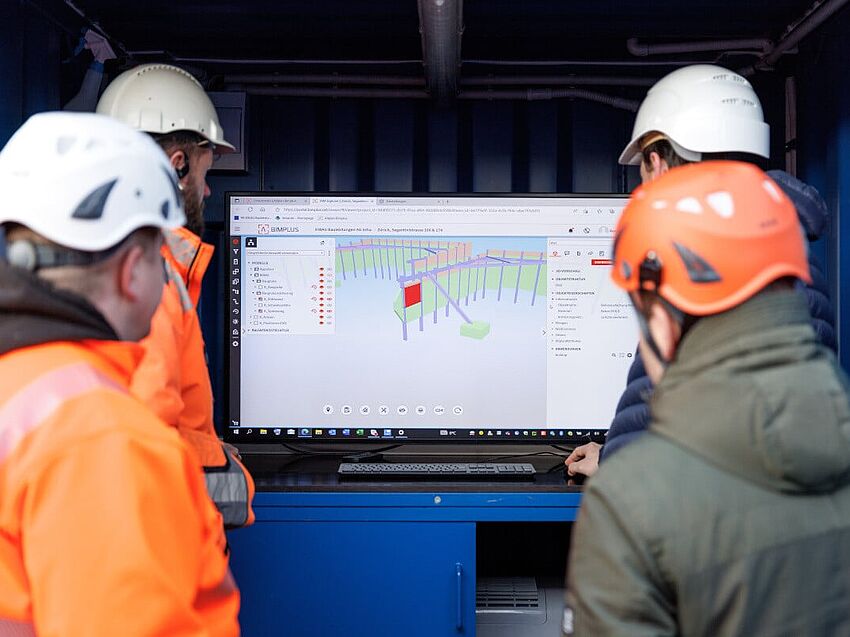Increasingly, clients and governments are mandating the use of Building Information Modeling (BIM) on their projects. This requirement is driving the use of BIM in many construction sectors, with some areas being more advanced than others. But BIM offers architects, engineers, and contractors far more benefits besides just ticking a contractual box and is more than just architectural and engineering design software. Indeed, some AEC professionals and clients still do not really understand these benefits. If your company is still using traditional 2D design methods only, you could be missing out.
What Is BIM Software?
BIM is a digital working method for the Architecture, Engineering, and Construction (AEC) industry. While BIM is closely linked to 3D modeling software, it’s important to note that BIM isn’t just a program, but the approach to use digital virtual models to generate, manage and communicate all relevant construction information (buildings and infrastructure). It adds value by enabling people, to work together effectively and efficiently over the entire built environment life cycle. The result is greater project transparency and quality, as well as more reliable costs and schedules and thus it is the basis for better buildings and infrastructure.
Why Use BIM?
BIM enhances every part of the project development and execution process; here’s how:
• Increased quality: The BIM coordination model contains all the information about the building components in a fast and easily accessible way, enabling better coordination and communication between disciplines, collision checks, and virtual simulations before the project breaks ground.
• Centralized information: The BIM coordinator controls and coordinates the flow of information in a project and maintains the BIM coordination model containing all the different BIM models from the various disciplines enabling evaluations and verifications at all times. This single source of truth approach enhances the reliability of the design information.
• Accurate forecasts: Using the BIM model, verifiable statements concerning quantities, costs, and schedules can be made at any time, making even complex projects easier to manage.
• Better decision-making: Easy communication and information transfer between all the project participants – including clients – as well as a centralized and current source of project information makes it easier to make informed decisions for better project outcomes.
• Change management: Design and construction changes can be depicted realistically based on the BIM coordination model, giving both the client and project team a better understanding of the impacts of changes and up-to-date information on current progress. Problems are generally visible at an earlier stage of the project and can be resolved in a more cost-efficient way.
• Whole-life management: Being able to run building and process simulations over the entire building life cycle can help make better decisions during design and construction, conserve resources and improve sustainability, and increase and preserve the value of the building.
• Improved communication: Being able to easily access project information, share data, and visualize the completed project makes it easier for teams to communicate and collaborate, resulting in better project outcomes. The BIM model makes architecture, engineering and construction topics fast and easily accessible to the client.
• Flexible application: Depending on the case of application in the construction lifecycle BIM can be used in many different ways: Within one company (“little BIM”), across all project teams (“Big BIM”), using a common software family (“closedBIM”), or exchanging the model information with a common vendor neutral format that everyone can read (“openBIM”),
• Competitive advantages: Companies that implement BIM even in those regions before it becomes a requirement will not only be more efficient and derive greater benefits, but also be better prepared for future projects as BIM continues to become established in the AEC industry.
• Retain talent: Businesses that use BIM are demonstrating their forward-thinking approach to potential employees, making it easier to attract and retain top talent – a benefit when skilled staff are difficult to find.
More Than Just CAD Drafting Software
These are just a handful of the BIM benefits for architects, civil engineers, and contractors. BIM moves beyond being just architectural and engineering design software to create a digital representation of all the physical and functional characteristics of a project, creating a reliable decision-making tool for the entire project life cycle. If you would like to learn about the benefits of BIM in more detail, as well as how you can get started implementing BIM in your organization, download our whitepaper, Building Information Modeling – 10 reasons why you need BIM.




